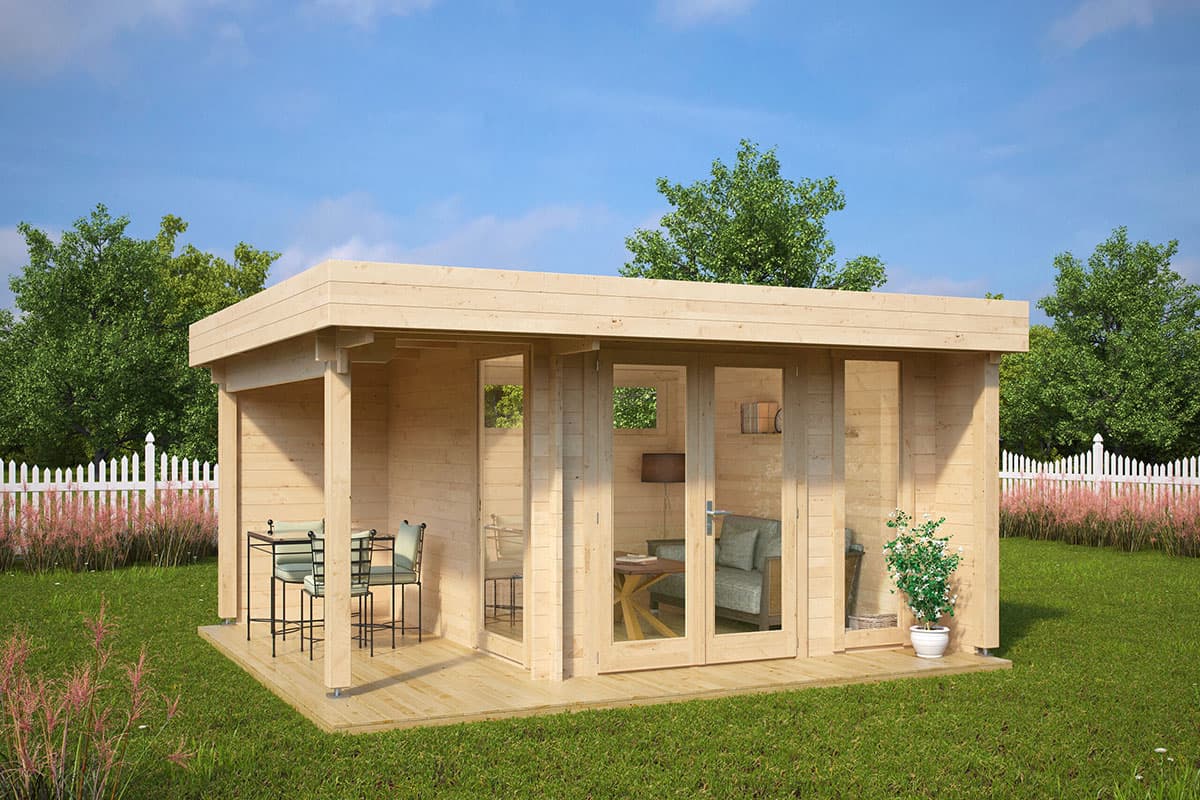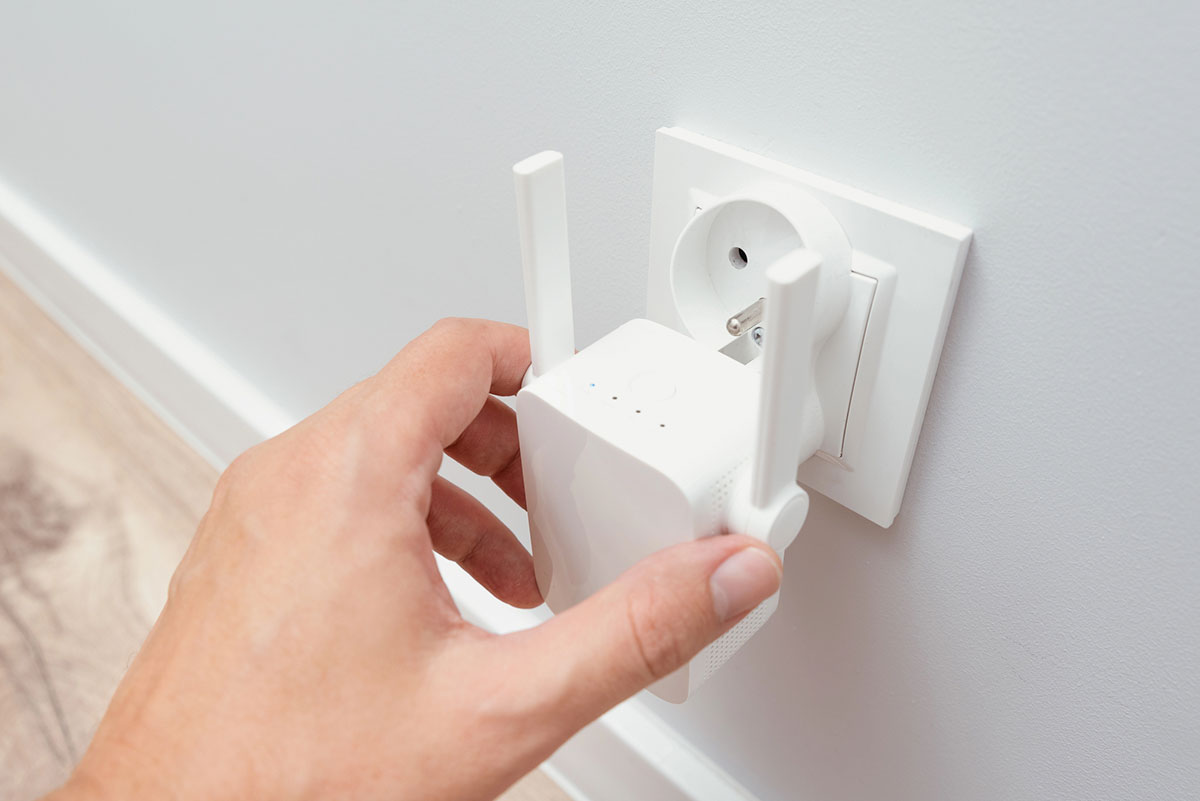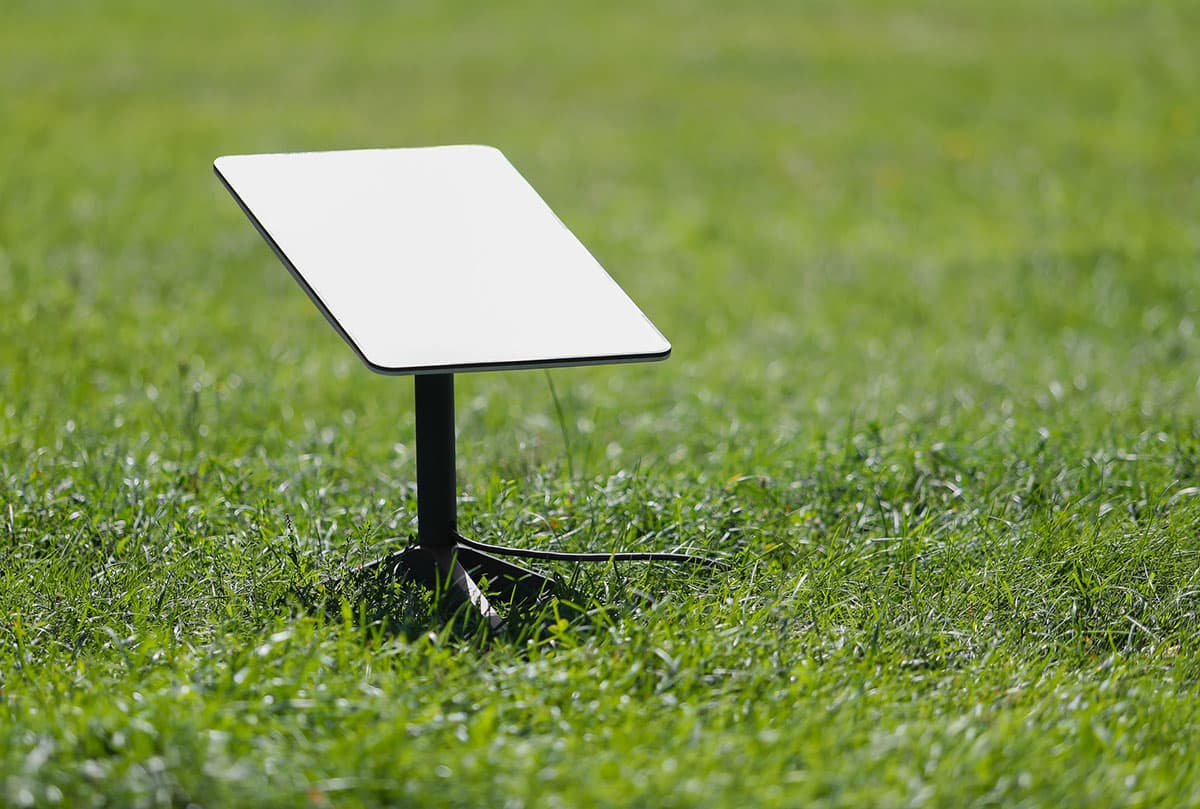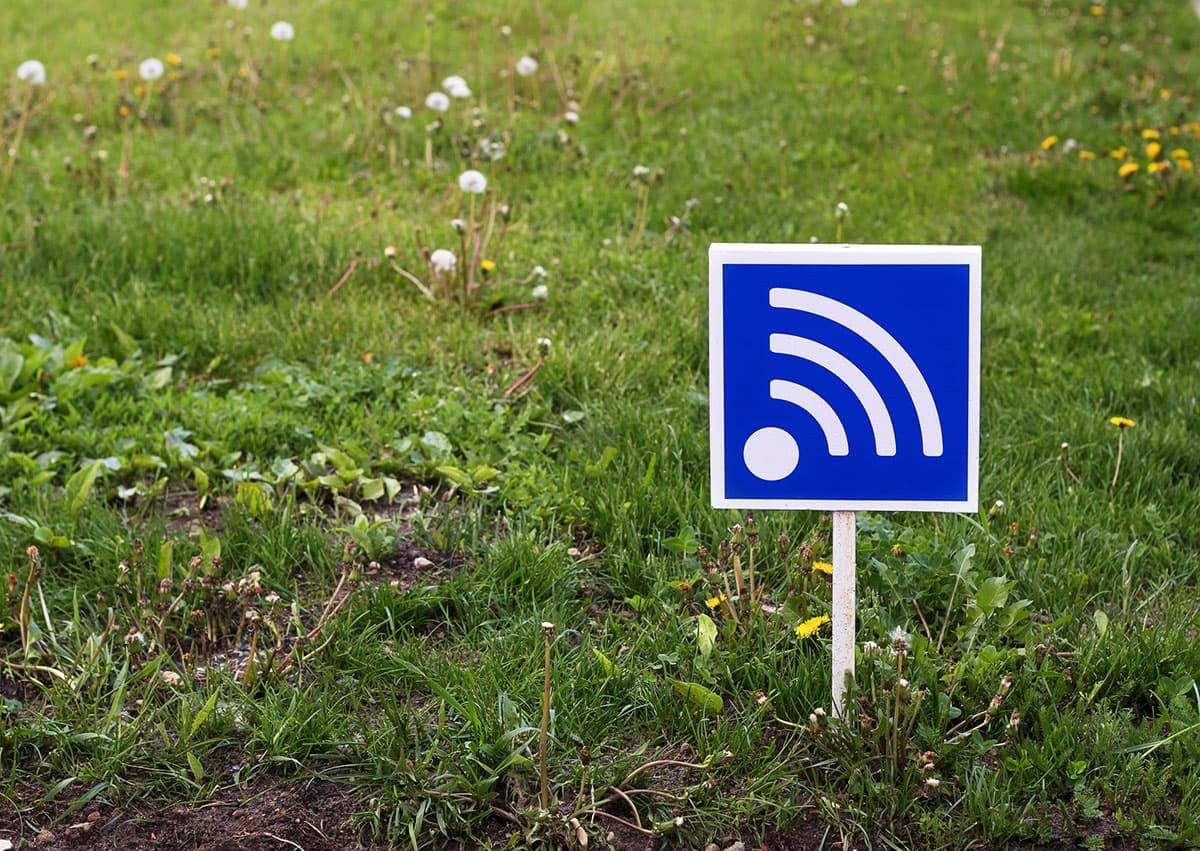
More and more people in Spain are leaving the dining room table behind to set up an office in their garden, whether for full-time remote work, freelancing, or simply to have a quiet space away from the hustle and bustle of home. It’s the ideal work environment… until the WiFi starts to fail!
From the outside, a garden office may seem perfect. But the reality is that we often encounter common issues like slow internet speeds, disconnections, and failed Zoom video calls. These can turn a productive day into complete chaos. The further you are from the main router, the weaker the signal will be. This is especially true when there are thick walls, trees, or other electronic devices that interfere with the connection.
So, if you’ve ever wondered about how exactly you can improve your WiFi connection in your garden office in Spain, keep reading. There are multiple solutions to improve coverage and ensure your garden office is always connected. You’re bound to find at least one that works for your particular situation.
Before investing in new devices, try these basic adjustments to see if they improve your WiFi signal:
If your router is positioned in a corner, hidden behind furniture, or surrounded by objects, the signal will have a hard time getting through these obstacles to your garden office. Try placing it in a more open space – higher is better – or near a window facing the garden to improve coverage.
If your router is several years old, it may not have enough power to send a strong signal over long distances. Newer models have better range, more speed, and powerful antennas, which can make a big difference in WiFi connection. Especially if your garden office is located a bit further away from the house.
If you live in an area with many homes, your neighbors’ WiFi networks may be interfering with your connection. Routers automatically choose a transmission channel, but sometimes manually changing it to a less busy one from the router settings can improve speed and stability.
If none of this solves the problem, you’ll need a dedicated solution to extend WiFi to your garden office.
Here are the best options for extending WiFi signal to your garden office:

A WiFi repeater, also known as an extender or amplifier, is a simple option to extend the signal to your garden office… at least in theory. These devices capture the signal from your main router and retransmit it to cover a larger area. They’re easy to set up and relatively inexpensive, so they can be a good first step if your office isn’t too far from the house. You can purchase the TP-Link RE500X repeater from MediaMarkt or Amazon for around €40.
The problem is that repeaters don’t generate a stronger signal; they simply repeat what already exists. This means that if the signal they receive is weak, the one they transmit won’t be any better. To get the best performance, choosing the right location is key. Your repeater should be placed halfway between the router and the garden office to get the best results.
If your house happens to have thick walls, there are many trees in between, or the garden office is located more than 20 meters away, an extender might struggle to provide a reliable connection. Extenders are better suited for small gardens, where the distance is short and mostly low-bandwidth tasks are handled (like browsing and sending emails, but not intensive streaming or video calls).
If you’re looking for reliable, high-speed connectivity, a mesh network is an excellent option, especially for those who work remotely full-time or run a business from their garden office.
Instead of relying on a single router, mesh systems use multiple interconnected nodes that work together to create a powerful and stable WiFi signal over a large area. Unlike repeaters, which can cause disconnections when switching from one signal to another, a mesh network automatically connects your devices to the node with the strongest signal, without interruptions.
For garden offices farther away from the house, placing a node near a window facing the office or inside the workspace itself can significantly improve signal strength. However, it’s not the most economical option. These systems are available in stores like MediaMarkt or Amazon, with prices starting from around €110 for a two-node setup. The farther your garden office is from the house, the more nodes you might need.

If you’re looking for a fast, stable internet connection without interruptions, nothing beats a direct cable connection. This involves running an Ethernet cable from your main router to your garden office. Unlike wireless solutions, this setup isn’t affected by walls, distances, or interference, making it an ideal option for those who rely on video calls, large file transfers, or uninterrupted streaming for their work.
The main drawback, however, is that installation requires effort. If the office is just a few meters away, an outdoor Ethernet cable can be placed along a fence or buried. For DIY installations, MediaMarkt and Amazon offer outdoor Ethernet cables with prices ranging from €10 to €80, depending on length and quality.
For longer distances, you may need to resort to professional installation to properly bury the cables and protect them from the elements, which will increase the cost. It’s also worth noting that a cable connection reduces flexibility, as once installed, you’ll be limited to that connection point.
If your garden office is too far for a standard WiFi extender, but you don’t want to deal with cables, an outdoor WiFi transmitter could be the ideal solution. These devices are designed to cover long distances and offer better performance in open spaces, overcoming obstacles like trees and walls more effectively than indoor WiFi solutions. Plus, some models are weather-resistant, making them perfect for Spain’s variable climate.
To ensure their effectiveness, it’s essential to place them at an elevated point, such as a wall or post, avoiding obstacles that could weaken the signal. Although they tend to be more expensive than standard extenders, they provide a more powerful and stable WiFi connection in large outdoor areas. Therefore, they’re a great investment for rural properties or garden offices far from the main house. You can find outdoor WiFi transmitters at MediaMarkt or Amazon from €150.
This method uses the existing electrical wiring in your home to transmit the Internet signal from your router to your garden office. It works by connecting one adapter to an outlet near the router and another to an outlet in the office, thus creating a wired Internet connection without the need to install new cables.
Its main advantage is ease of installation: no drilling or running cables through the garden required. However, its performance heavily depends on the quality of the home’s electrical wiring. In older houses, speed may be reduced, and Powerline adapters won’t work if the garden office is on a separate electrical circuit from the main house. These adapters are available in various electronics stores in Spain, such as MediaMarkt, El Corte Inglés, PcComponentes, or Amazon, with prices ranging between €60 and €150.

For those living in rural areas of Spain where traditional broadband options are limited, Starlink may be the answer. Unlike standard broadband, which relies on cables or mobile networks, Starlink connects to low-orbit satellites to deliver high-speed Internet even in remote locations. This makes it one of the best options for garden offices in areas with weak or unstable WiFi coverage.
Its biggest advantage is accessibility: as long as there’s a clear view of the sky, it’s possible to get a fast and stable connection, regardless of the distance between your garden office and the house. However, it comes at a high cost. Starlink requires specialized equipment and a monthly subscription, making it an expensive alternative. Additionally, installation is somewhat more complex, as the satellite antenna must be mounted in an open area to avoid signal blockages.
Starlink kits are available directly from their website for €349 for the equipment and €40/month for the subscription. They can also be found in some specialized electronics stores, such as MediaMarkt, and occasionally it’s possible to get discounts on the equipment.

The best option will depend on your particular situation, but here are five key aspects to consider:
Distance from the main house: If your home is located in a suburban neighborhood and the garden office is relatively close, a WiFi extender is likely to be sufficient. On the other hand, if you instead live on a larger rural property, you probably need a more advanced solution to ensure stable coverage.
Obstacles: If there are several thick walls, trees, or other interfering factors, a cable connection or a high-power outdoor WiFi transmitter may be the best alternative.
Speed requirements: Your solution will depend on the type of work you need to do. If you only need to browse and respond to emails, a simple solution will suffice. But if your work involves video calls, heavy file transfers, or streaming, it’s essential to choose an option that guarantees high speed and stability.
Budget: The cost of each solution varies considerably, so it’s important to balance your needs with what you’re willing to invest.
Weather resistance: The weather in Spain can affect outdoor devices. If you opt for an outdoor WiFi transmitter or a cable connection, make sure they are water-resistant and properly installed to withstand the elements.
A garden office is only truly useful if it has a reliable Internet connection. Without good WiFi, it’s just an expensive shed. The key to choosing the best solution is to identify which aspect you prioritize most (speed, reliability, budget, or ease of installation) and opt for the option that guarantees you a stable connection without frustrations.